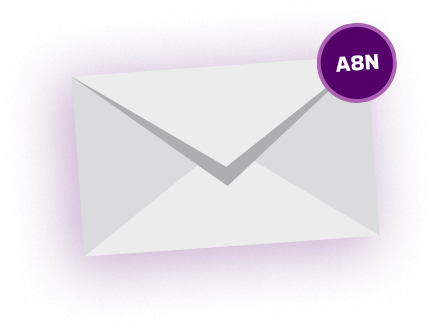1. Email Blasts Bring Qualified Leads to Your Sales Teams
Organic list building is effective but slow, further proving why utilizing both outbound and inbound strategies are important. Although there is no prior relationship, the contacts that make up your eblast list have already been identified as a good fit for your product or service. The conversions that come from email blasts will be highly-qualified leads that have already engaged with your brand and are more likely to buy.
In the end, your teams will no longer have to waste time and effort calling and corresponding with unqualified prospects. Your sales teams can now quickly fill their pipelines and focus on closing deals thanks to just a few emails.
2. Email Blasts Provide Personalization from the Start of the Relationship
Consumers prefer personalized communication as it shows you took the time to get to know them and their individual needs. For this reason, an email sent to the CEO of a tech company should receive a different email than a CEO in the manufacturing company. Personalization in the early stages is important because the customer experience matters, even if a relationship has yet to be established.
You can personalize the e-blasts you send by segmenting your contact lists wisely, using the right marketing tools, and following today’s best practices. List segmentation capabilities, personalization settings, and other features are available in many top email service providers such as HubSpot, Marketo, and Klaviyo.
3. Email Blasts Produce Cost-Effective and Quick Campaigns
Emails blasts are cost-effective campaigns that have an unlimited reach potential. Traditional marketing materials (think: printed mailers), are much more costly to produce and send out than email. In fact, sending multiple emails to a single prospect will cost much less than sending just one printed mailer. Your response rate will also be better with email.
Eblasts are also faster to produce compared to print materials. In just a few days your team can create the copy, design, and landing page for your CTA so that your email blasts can be sent as soon as the following week.
4. Email Blasts Boost Website Traffic and Analytics
Email blasts are an excellent method for sending qualified traffic to your website. Your eblast must contain a well-thought-out CTA that encourages readers to want to learn more about your company via a link to your website.
This influx in site visits will boost your analytics, improve your SEO rankings, and most importantly, create brand awareness. With the right content and calls-to-action set up on your website, you can attract a lot of leads into your funnel.



